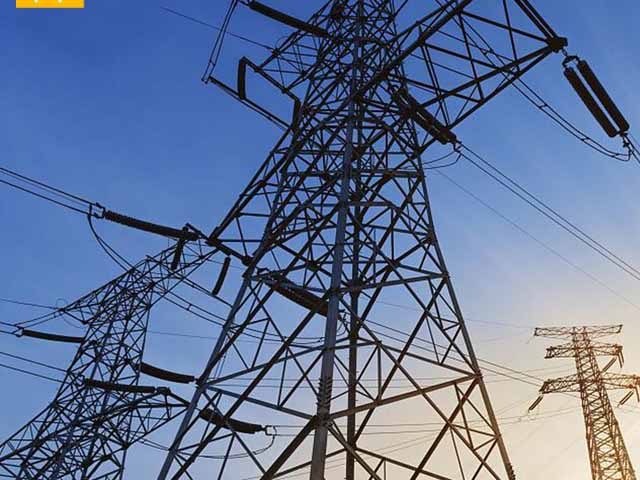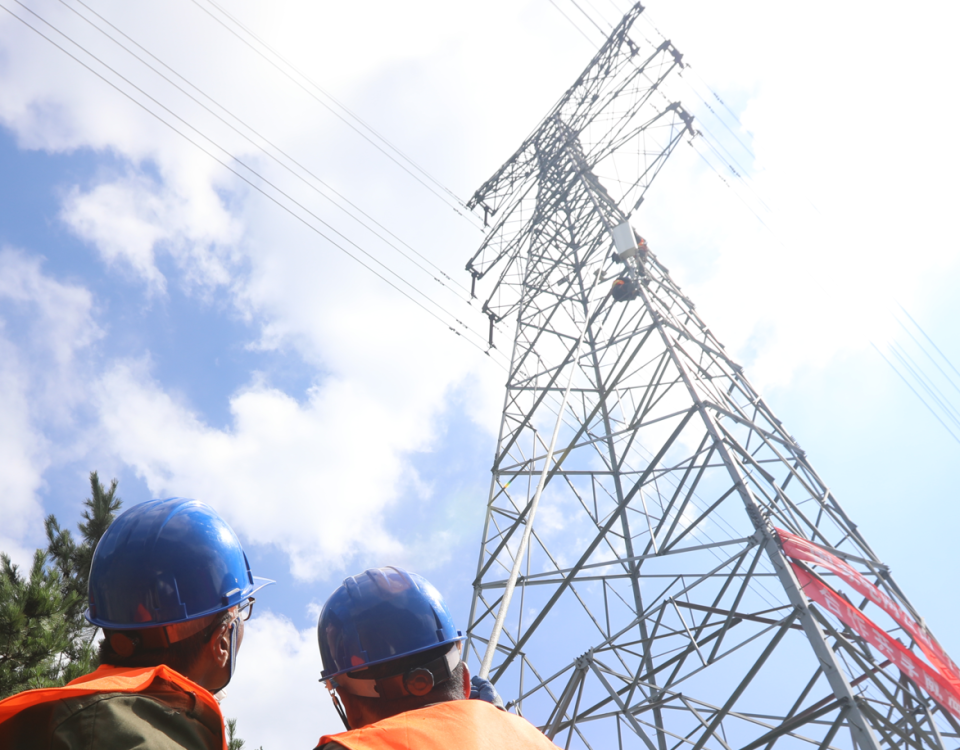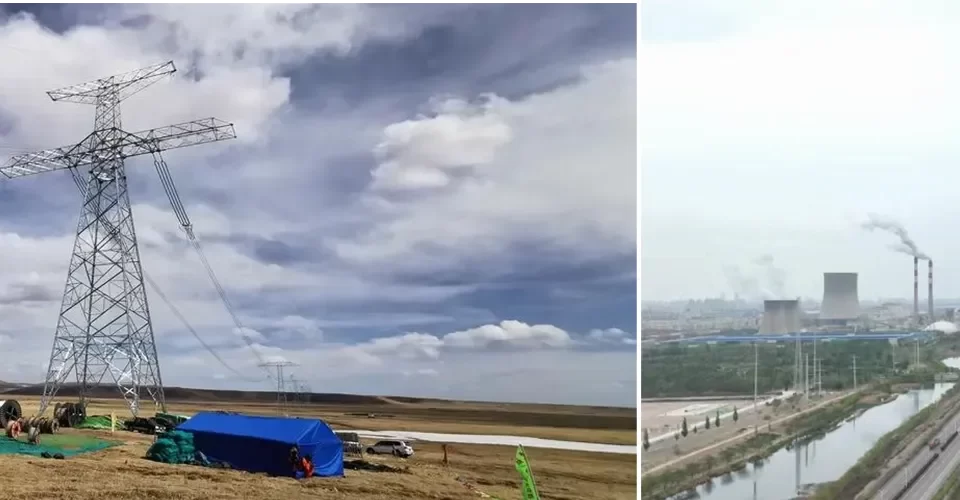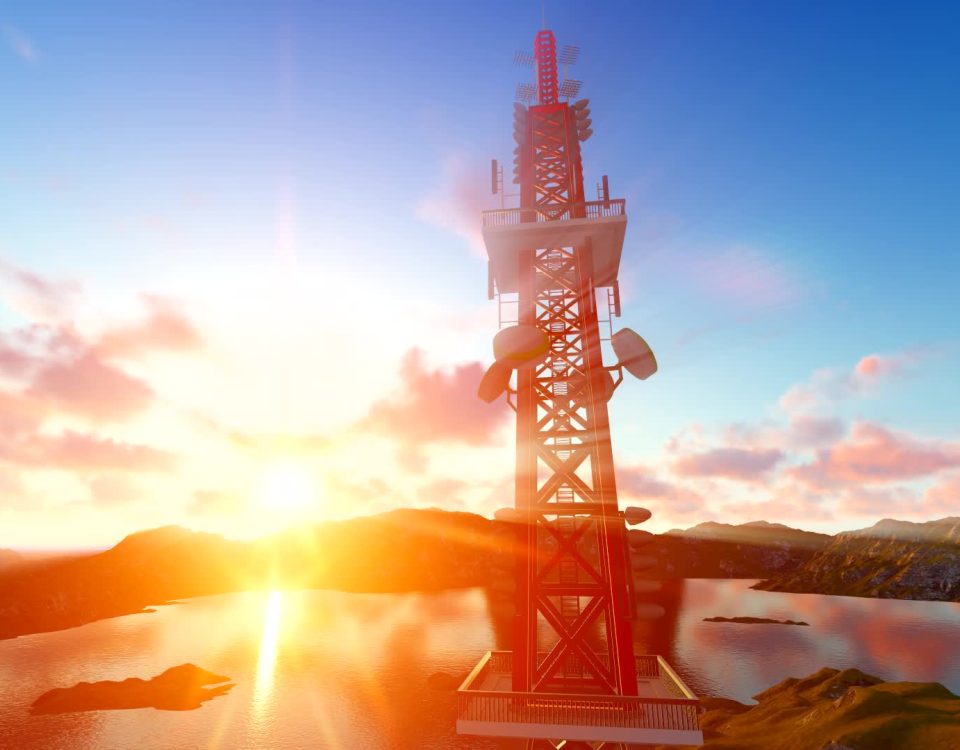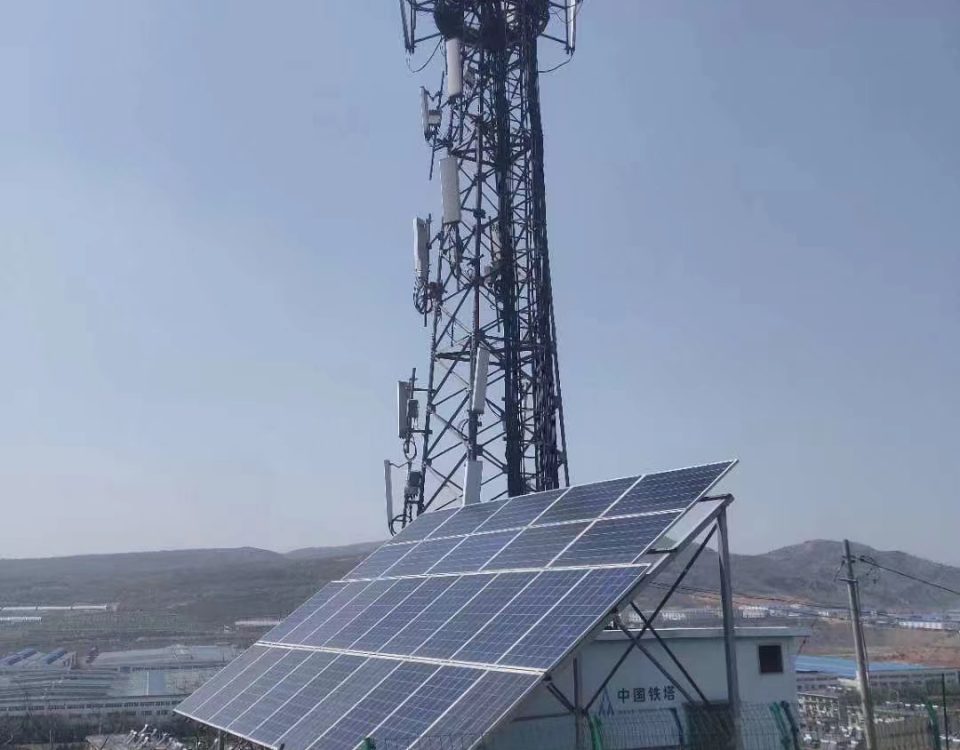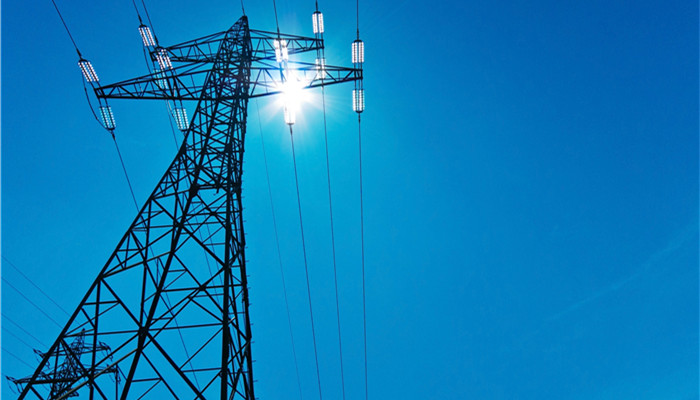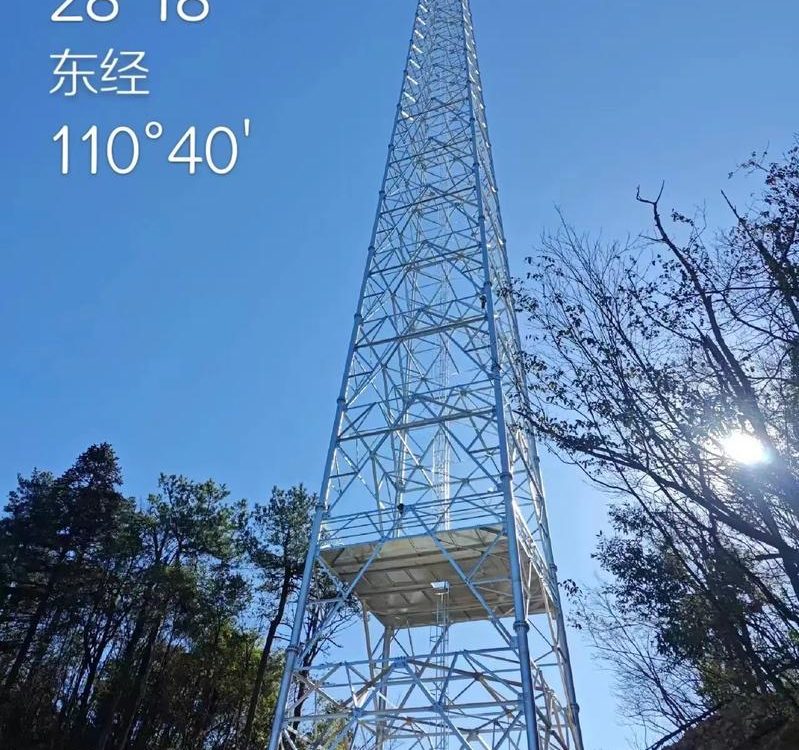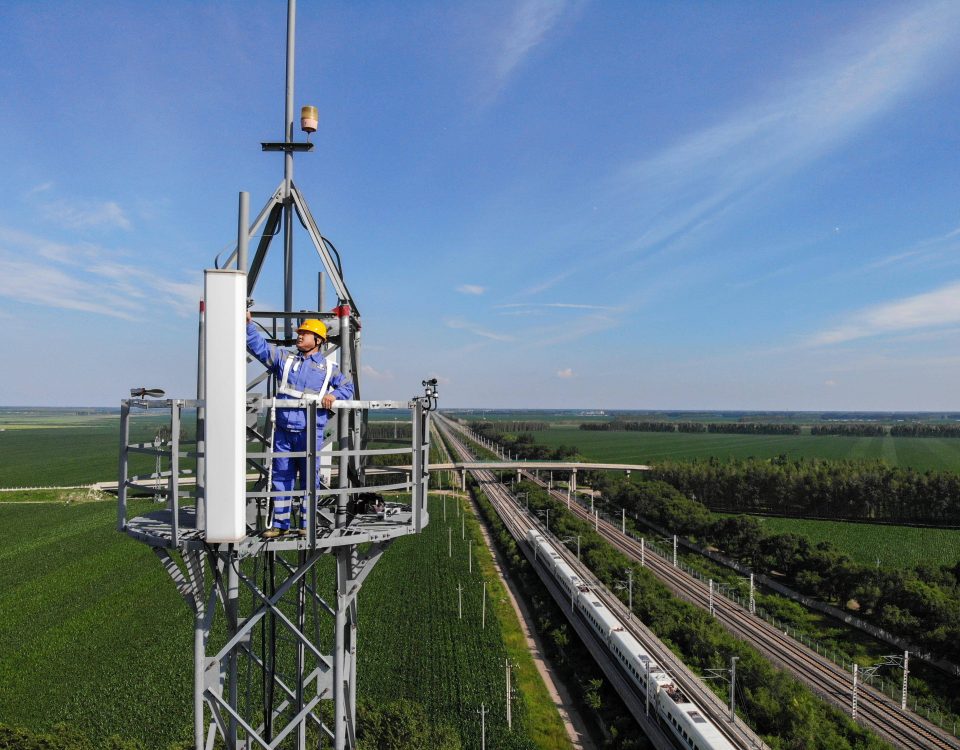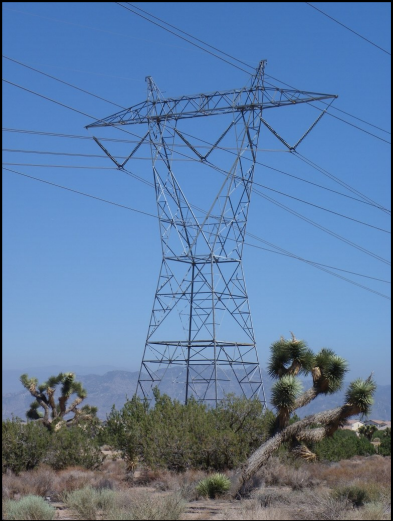
What Is The Science Behind Electric Transmission Lines Tower?
July 23, 2023
Communication Steel Tower Design and Production Process
February 9, 2024How do engineers determine the optimal height, design, and material for transmission towers?
Determining the optimal height, design, and material for transmission towers involves numerous factors, relying heavily on engineering principles, safety regulations, and environmental considerations. Here’s a brief overview of how each of these elements is determined:
- Height: The height of a transmission tower is determined by several factors:
- Clearance Above Ground: The conductors (wires) must be high enough off the ground to prevent arcing, account for sag under maximum load, and avoid hazards like trees, buildings, and vehicles.
- Voltage Level: Higher voltage lines require greater clearance to prevent electrical discharge to the ground or nearby objects.
- Terrain: The local landscape also dictates the tower’s height. For instance, if the line is crossing a valley or a river, the towers will need to be taller.
- Regulations: Various national and international standards and regulations also provide minimum clearance requirements.
- Design: The design of the transmission tower depends on:
- Load: Towers must be designed to withstand the weight of the lines, wind loads, ice loads (in certain climates), and the tension resulting from the span between towers.
- Line Configuration: The number of conductors and their arrangement will determine the type of tower used. Common designs include lattice towers, tubular steel poles, and monopoles.
- Right-of-Way: The space available for the transmission line can affect the design. For example, a narrower right-of-way may require a more vertical design.
- Material: The choice of material is primarily based on:
- Strength and Durability: The material must be strong enough to withstand environmental conditions and the load of the conductors. Steel is often used due to its strength and durability.
- Cost: The cost of materials and maintenance are important considerations. While steel is common, aluminum, concrete, or wood are sometimes used.
- Corrosion Resistance: Depending on the local climate, corrosion resistance can be a crucial factor. This might lead to the use of galvanized steel or other materials that resist corrosion.
- Environmental Impact: The material’s impact on the environment, both in terms of its production and its lifecycle, is increasingly considered.
In short, the process of determining the optimal height, design, and material for transmission towers is a complex task that requires a blend of engineering knowledge, cost analysis, regulatory adherence, and practical considerations.

